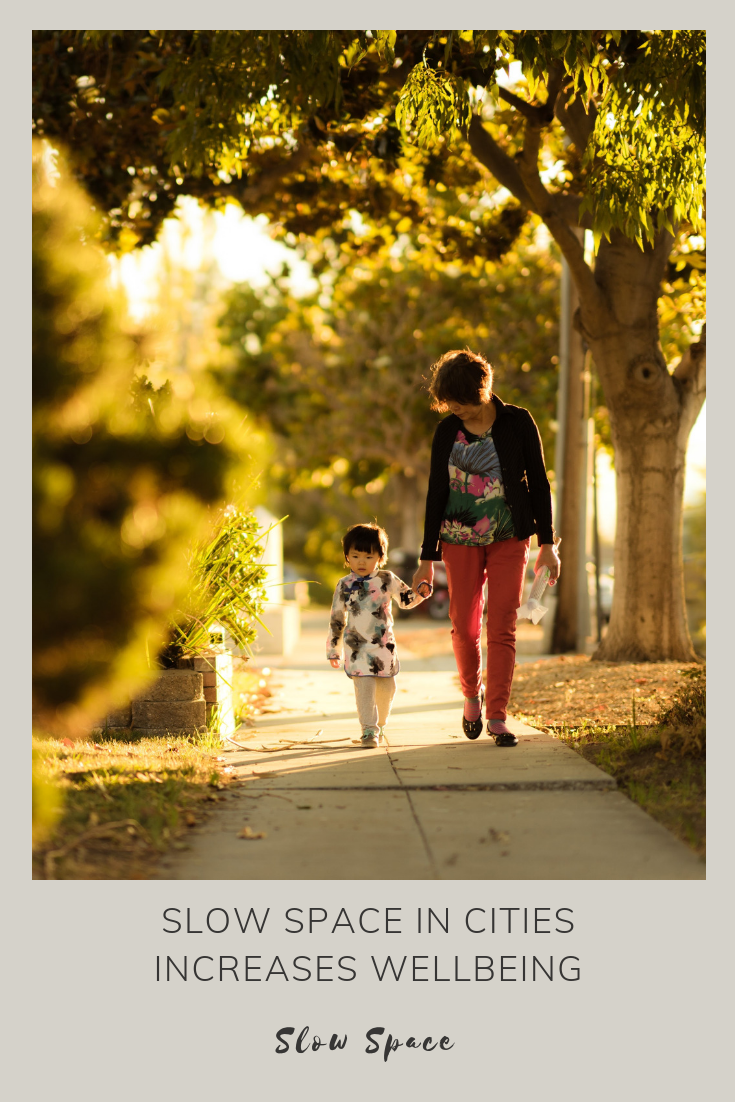In honor of International Day Of Happiness, NewCities published a series from 10 experts from across the globe on urban wellbeing and happiness, including Mette Aamodt. An excerpt of her article, “Slow Space, Slow Cities” is reprinted below.
NewCities is an international nonprofit organization dedicated to making cities more inclusive, connected, healthy and vibrant.
We had been trying to live a slow life for a long time before realizing that there was such a thing as the Slow Movement. I was diagnosed with Multiple Sclerosis the same time my partner Andrew Plumb and I were finishing architecture school and starting our careers. The fast-paced, 80-hour weeks at “starchitecture” firms wasn’t going to work for me. We had just moved to New York and simply getting back and forth to work from our Brooklyn apartment was exhausting. As our classmates were making a big splash with their experimental architecture, we consoled ourselves with the story of the tortoise and the hare. Slow and steady wins the race, we said.
When we learned of the Slow Movement it gave us a name for what we had been doing in both life and design – valuing experience over objects, fewer things done better, the sensual pleasures of life and an appreciation of nature. We call our design philosophy at Aamodt / Plumb “slow space” where we explore the conditions necessary to slow one’s experience of time.
In this fast-moving world of the 21st century, particularly in cities, we need slow space, a place where we can pause, slow down, be present and truly connect. There is a theory, first developed by British geographer Jay Appleton in 1975, that humans have evolved to crave both prospect (opportunity) and refuge (safety). In landscape theory, this is represented by the safety of the cave and the opportunity of the savannah with its unexplored territory and wildlife. I think this is equally true in the city. When we are “out and about” or “pounding the pavement” in a city we are prospecting. We are looking for opportunities, looking for what is new and interesting. Cities are full of opportunities, that is why people go there, but what refuge do they offer? The slow spaces are the spaces of refuge, both physical and mental, that we retreat to when we are overwhelmed, in need of comfort, or just tired at the end of the day.
I have lived in cities all over the world and have been a student of each while there: an urban studies major and architect in New York, an urban planning student in Paris, an urban design fellow in Fukuoka, an urban planner in Oslo. Each of these places has taught me lessons about slow space that can be applied to all cities.
Read more from “Slow Space, Slow Cities”






